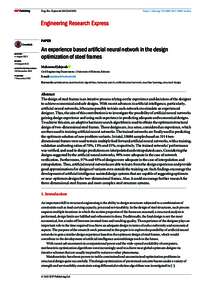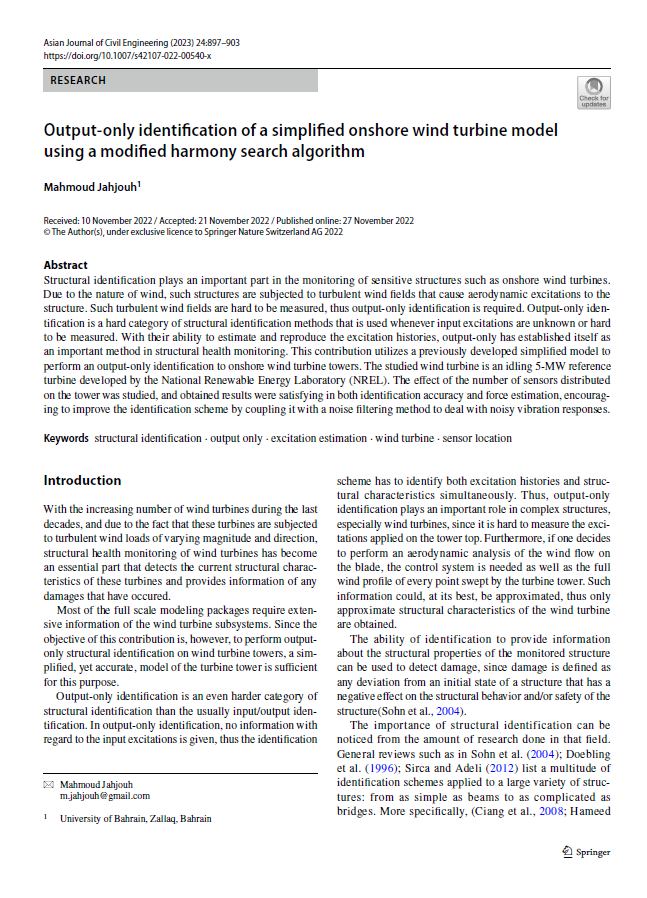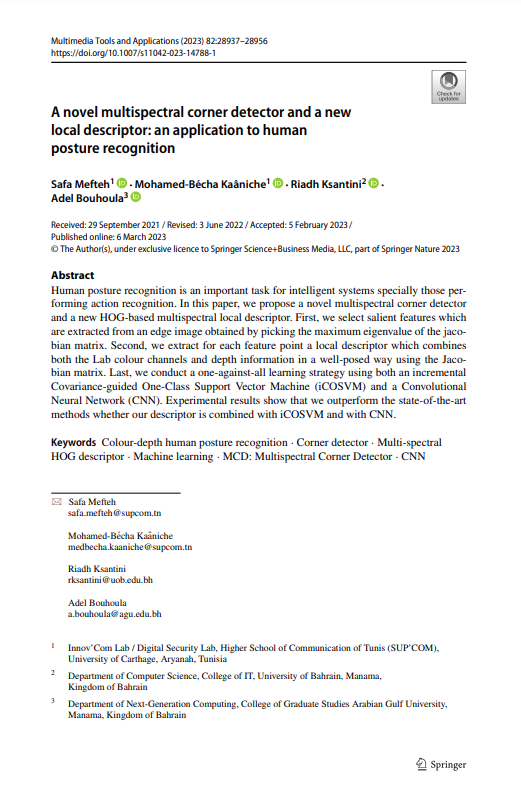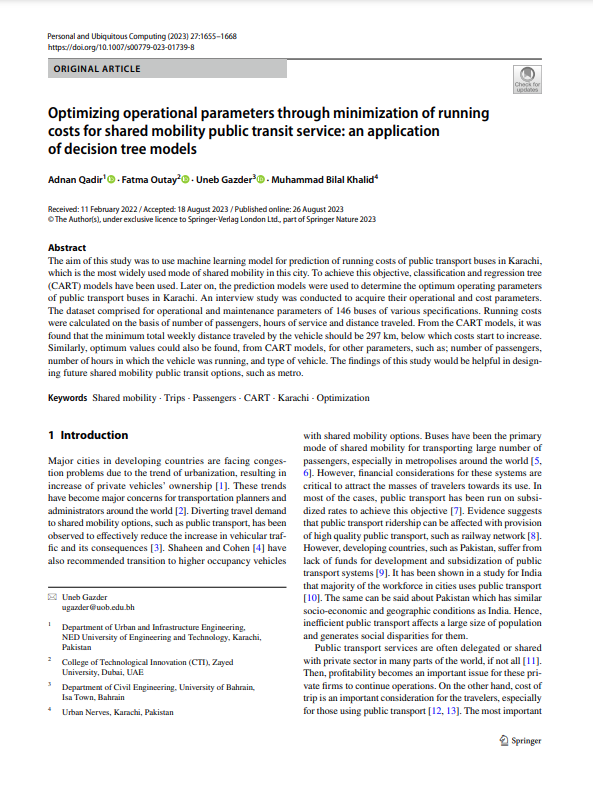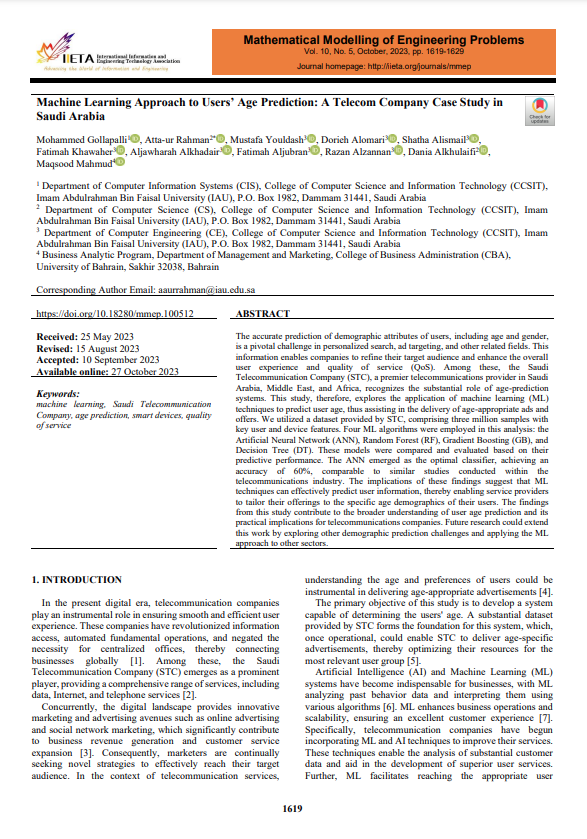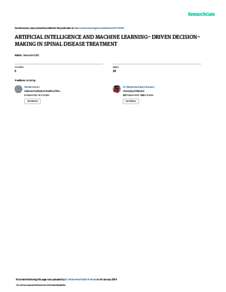Document
Identifier
https://digitalrepository.uob.edu.bh/id/216ebc76-21aa-4bb3-82be-933733f6fa00
An experience based artificial neural network in the design optimization of steel frames
Country of Publication
Bahrain
Place Published
Sakhir, Bahrain
Publisher
University of Bahrain
Date Issued
2022
Language
English
Subject
English Abstract
Abstract:
The design of steel frames is an iterative process relying on the experience and decisions of the designer
to achieve economical and safe designs. With recent advances in artificial intelligence, particularly,
artificial neural networks, it became possible to train such networks to simulate an experienced
designer. Thus, the aim of this contribution is to investigate the possibility of artificial neural networks
gaining design experience and using such experience in predicting adequate and economical designs.
To achieve this aim, an adaptive harmony search algorithm is used to obtain the optimum structural
design of two-dimensional steel frames. Those designs are, in a sense, considered an experience, which
are then used in training artificial neural networks. The trained networks are finally used in predicting
the optimum solution of new problem variants. In total, 18684 samples based on 3114 twodimensional frames were used to train multiple feed forward artificial neural networks, with a training,
validation and testing ratios of 70%, 15% and 15%, respectively. The trained networks’ performance
was verified, and used in design predictions on interpolated and extrapolated cases. Considering the
designs suggested by the artificial neural networks, 99% were adequate in the case of network
verification. Furthermore, 97% and 93% of designs were adequate in the case of interpolation and
extrapolation. Thus, artificial neural networks are able to learn from the design experience and provide
good approximations for designs of variants even outside the training set. Such findings encourage the
development of artificial intelligence assisted design systems that are capable of suggesting optimum
or near-optimum designs for two-dimensional frames. Also, it could encourage further research for
three-dimensional steel frames and more complex steel structure systems.
Title of Periodical
Engineering Research Express
Member of
Issue published
Volume 4, Number 4
Category
Article

